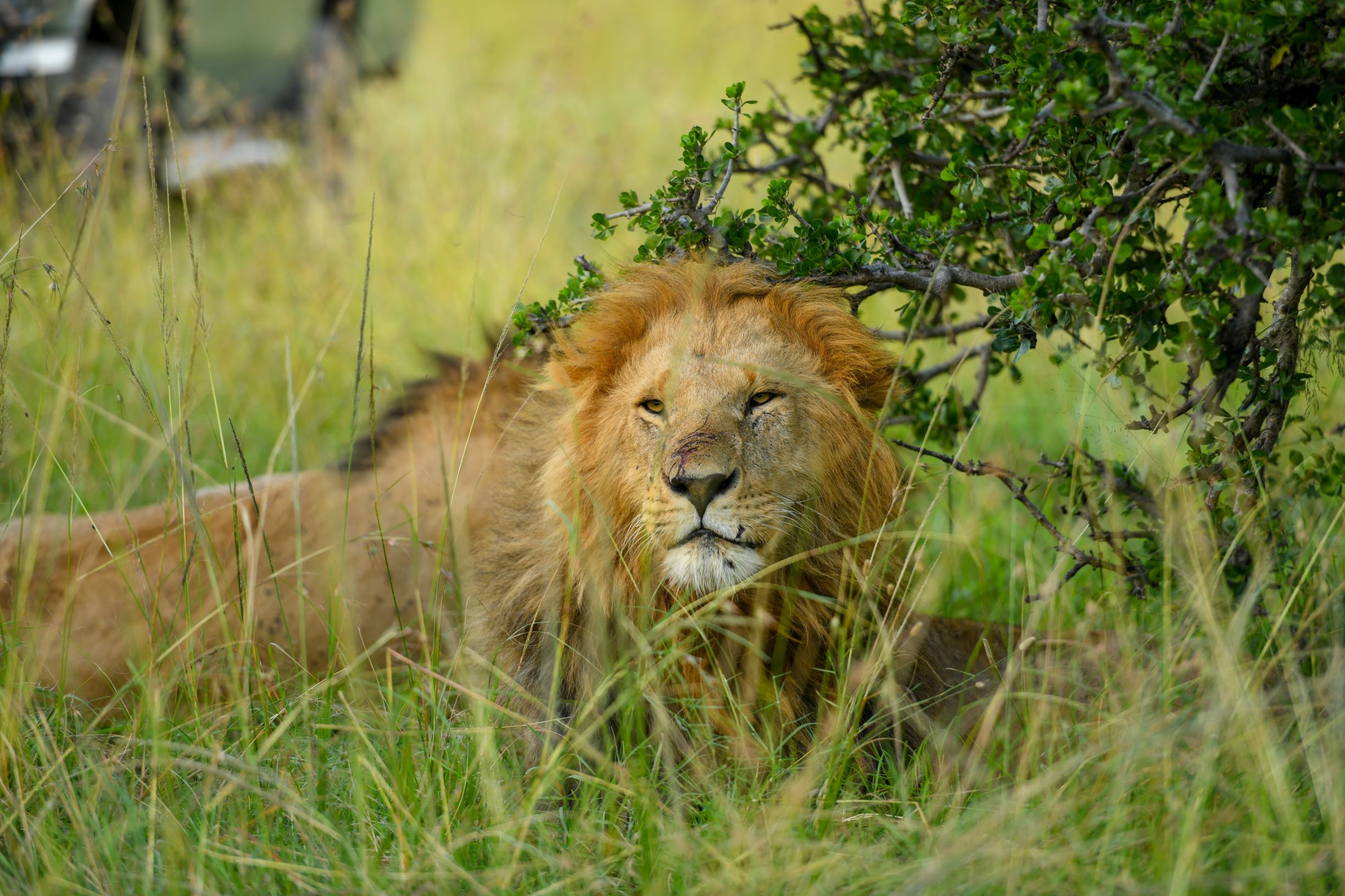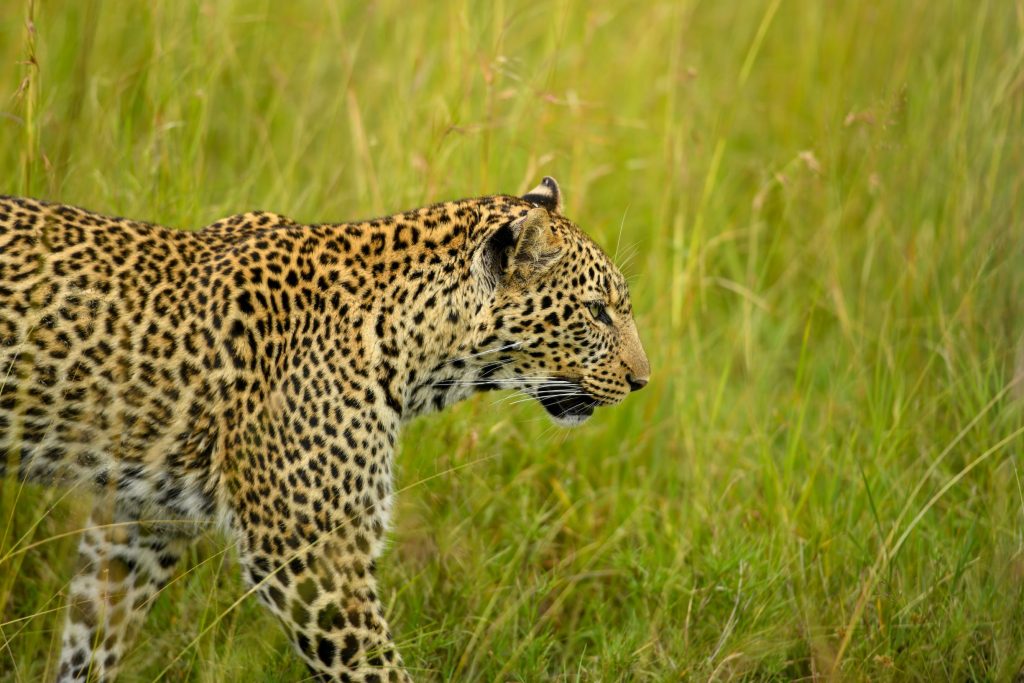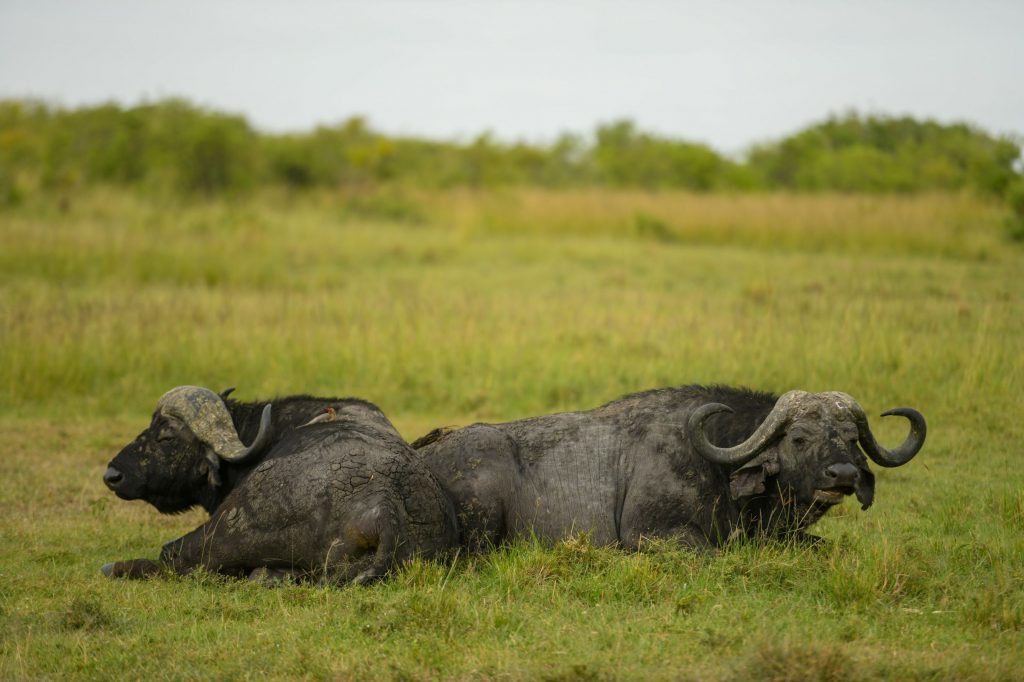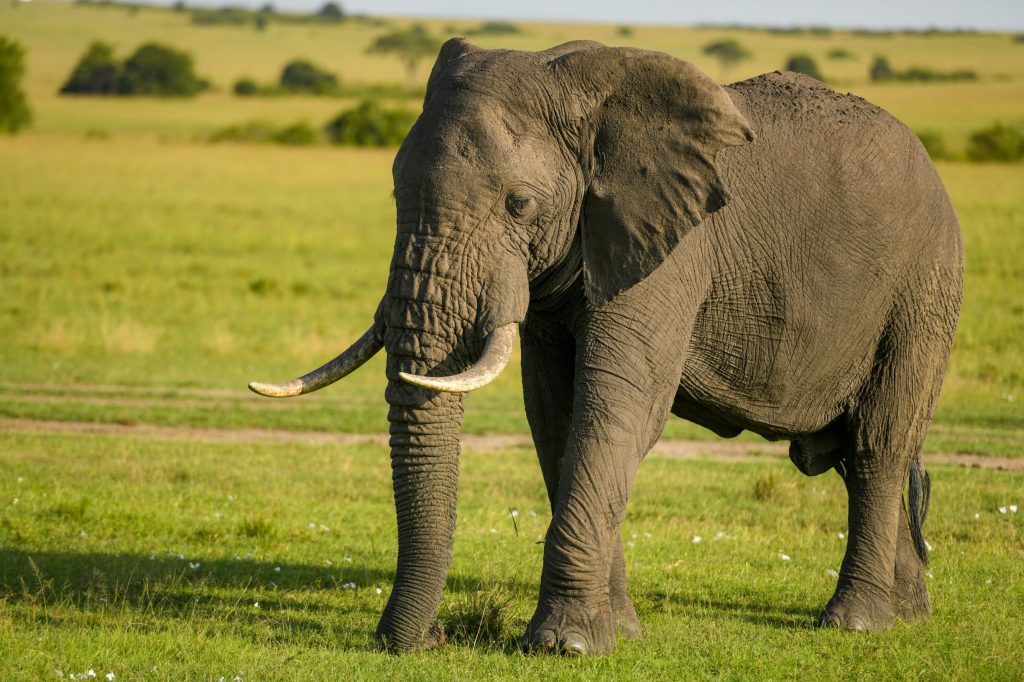
Safari Tips for the Best Wildlife Encounters in The Serengeti
The amount and variety of wildlife in the open plains of Serengeti National Park are arguably unequaled anywhere else in the world. To be in the middle of the wilderness of The Serengeti teeming with wildlife is an unforgettable experience, further enriched by the realization that humankind evolved in just such a setting. But to fully appreciate what you see on your Serengeti safari, you need to know the animals that make Africa unique. Learning to recognize the species you will encounter in The Serengeti is just the first small step. This blog tells fascinating stories of some of these animals and where to easily find them in the Serengeti so that your visit will be a lot more meaningful. The more ideas you have about some of this animal behavior and where they can easily be tracked within the Serengeti, the more fulfilling your safari will be; and the more you will want to safeguard the survival of African wildlife for generations to come.
Where in the Serengeti do I watch the most wildlife?
Herbivores of the Serengeti spend most of their time eating and digesting, and carnivores spend most of their time sleeping during the day, so these are the activities you will most often see on a game drive. Water holes are known to offer the ultimate safari experience. Going out at first light before sunup to spend three hours or so game-viewing before breakfast should be the agenda of all your mornings in the Serengeti. The most part of all the excitement happens at this time of the day with the chance to see lions and hyenas still on their kills or even hunting, to spot a leopard out in the open, to watch antelopes engaging in their morning frolics and skirmishes, and to hear the dawn chorus of birds and beasts.

Early morning and late afternoon are activity peaks for most animals in the Serengeti, transitions from dark to light and light to dark trigger all kinds of action. Nocturnal species are still active, while the diurnal animals leave their night refuges to begin foraging. If you plan to spend the entire day out in the Serengeti, you should be aware that Relatively little activity occurs during the heat of the day, when many animals avoid overheating and water loss by resting, preferably in the shade. Lions and other carnivores that eat big meals at long intervals are typically asleep. However, many herbivores are active during the middle of the day, as are various diurnal carnivores, such as cheetahs and social mongooses, as well as baboons and other monkeys.

Many animals go to water holes at this time of the day and engage in all kinds of social activity at this time. Watching them coming to water holes is always interesting, vastly entertaining when elephants are involved, and sometimes dramatic, as when lions or crocodiles seize the opportunity to ambush prey. Some private conservancies of the Serengeti allow night driving, to enjoy one of the most rewarding times for viewing wildlife. The big carnivores, except for cheetahs and wild dogs, do most of their hunting at night. Diurnal antelopes and most other terrestrial herbivores have one or two-night feeding bouts. And many strictly nocturnal creatures, such as the aardvark, porcupine, bushbabies, striped and brown hyenas, white-tailed mongoose, genets, civets, zorilla, and striped weasel that are rarely seen in the daytime, are often encountered at night.
Should you not have the opportunity to go on a night drive, do not despair. Nocturnal animals often hang out at game lodges and campgrounds, attracted by the presence of nearby waterholes, salt licks, and garbage. Through habituation to people, many become remarkably tame. In addition to the nocturnal species already named, one can see or more likely hear the tree hyrax, fruit and insectivorous bats, owls, gecko lizards, and in the rainy season choruses of frogs and toads. The chances of finding particular species are greatly improved if you know where as well as when to look for them. Our Serengeti safari Guides and drivers at Masai Mara Holidays (Ltd) are generally experts in this department, and keep one another informed about sightings of leopard, cheetah, lion, rhino, elephant, and locations of kills.

Many carnivores, for example, are equally at home in wooded and open country. Leopards, however, will not go far from cover. Among herbivores, the elephant has the broadest habitat tolerance by far, ranging from rainforest to semidesert plains. Among animals with more specialized habitat preferences, hippos must have water to submerge in and nearby grazing grounds. Wildebeests are specialized to harvest carpets of short, nutritious grasses but the numbers you will see in The Serengeti will depend on the great migration movement during your time of visiting. Giraffes cannot subsist on open plains without trees or woody plants for a browse. Rock hyraxes and klipspringers depend on cliffs and rock outcrops as refuges from predators. Most primates need trees for food and safety.
Generally, there are rules that govern how much wildlife you will see in the Serengeti; the major factor is the movement of the migration, the expertise of your tour operator to ensure that you are booked in the right section of the park at the right time of the year to the best wildlife encounter, and also the quality of your safari guide or driver to be able to track down most of the wildlife species. At Masai Mara Holidays Ltd, we are a registered local safari operator in East Africa with established ground offices in Tanzania, Kenya, and Uganda. Over the years, we have taken pride in emphasizing our safari expertise to Serengeti National Park with over 300 carefully crafted Tanzania Serengeti tours exploring the park and other destinations.

